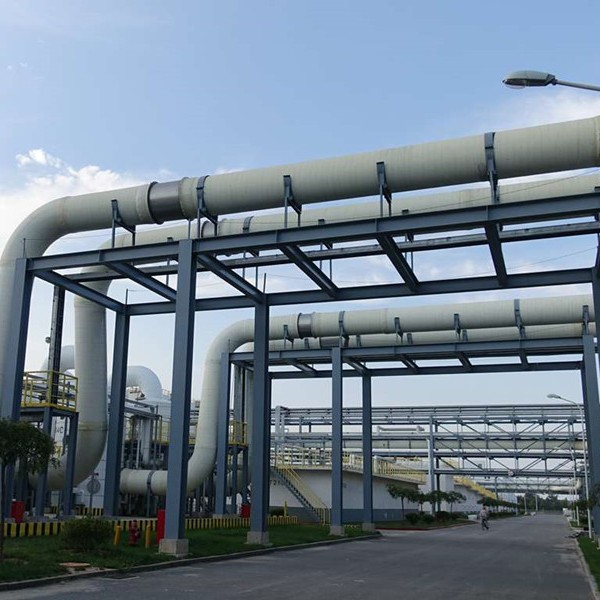
-
 Afrikaans
Afrikaans -
 Albanian
Albanian -
 Amharic
Amharic -
 Arabic
Arabic -
 Armenian
Armenian -
 Azerbaijani
Azerbaijani -
 Basque
Basque -
 Belarusian
Belarusian -
 Bengali
Bengali -
 Bosnian
Bosnian -
 Bulgarian
Bulgarian -
 Catalan
Catalan -
 Cebuano
Cebuano -
 China
China -
 China (Taiwan)
China (Taiwan) -
 Corsican
Corsican -
 Croatian
Croatian -
 Czech
Czech -
 Danish
Danish -
 Dutch
Dutch -
 English
English -
 Esperanto
Esperanto -
 Estonian
Estonian -
 Finnish
Finnish -
 French
French -
 Frisian
Frisian -
 Galician
Galician -
 Georgian
Georgian -
 German
German -
 Greek
Greek -
 Gujarati
Gujarati -
 Haitian Creole
Haitian Creole -
 hausa
hausa -
 hawaiian
hawaiian -
 Hebrew
Hebrew -
 Hindi
Hindi -
 Miao
Miao -
 Hungarian
Hungarian -
 Icelandic
Icelandic -
 igbo
igbo -
 Indonesian
Indonesian -
 irish
irish -
 Italian
Italian -
 Japanese
Japanese -
 Javanese
Javanese -
 Kannada
Kannada -
 kazakh
kazakh -
 Khmer
Khmer -
 Rwandese
Rwandese -
 Korean
Korean -
 Kurdish
Kurdish -
 Kyrgyz
Kyrgyz -
 Lao
Lao -
 Latin
Latin -
 Latvian
Latvian -
 Lithuanian
Lithuanian -
 Luxembourgish
Luxembourgish -
 Macedonian
Macedonian -
 Malgashi
Malgashi -
 Malay
Malay -
 Malayalam
Malayalam -
 Maltese
Maltese -
 Maori
Maori -
 Marathi
Marathi -
 Mongolian
Mongolian -
 Myanmar
Myanmar -
 Nepali
Nepali -
 Norwegian
Norwegian -
 Norwegian
Norwegian -
 Occitan
Occitan -
 Pashto
Pashto -
 Persian
Persian -
 Polish
Polish -
 Portuguese
Portuguese -
 Punjabi
Punjabi -
 Romanian
Romanian -
 Russian
Russian -
 Samoan
Samoan -
 Scottish Gaelic
Scottish Gaelic -
 Serbian
Serbian -
 Sesotho
Sesotho -
 Shona
Shona -
 Sindhi
Sindhi -
 Sinhala
Sinhala -
 Slovak
Slovak -
 Slovenian
Slovenian -
 Somali
Somali -
 Spanish
Spanish -
 Sundanese
Sundanese -
 Swahili
Swahili -
 Swedish
Swedish -
 Tagalog
Tagalog -
 Tajik
Tajik -
 Tamil
Tamil -
 Tatar
Tatar -
 Telugu
Telugu -
 Thai
Thai -
 Turkish
Turkish -
 Turkmen
Turkmen -
 Ukrainian
Ukrainian -
 Urdu
Urdu -
 Uighur
Uighur -
 Uzbek
Uzbek -
 Vietnamese
Vietnamese -
 Welsh
Welsh -
 Bantu
Bantu -
 Yiddish
Yiddish -
 Yoruba
Yoruba -
 Zulu
Zulu
frp transition
FRP Transition A Pathway to Sustainable Infrastructure
In recent years, the shift towards Fiber-Reinforced Polymer (FRP) materials has become increasingly prominent in various sectors, especially in infrastructure and construction. This transition represents a pivotal change in material science, driven by the urgent need for sustainable, durable, and efficient solutions to modern engineering challenges.
FRP materials, composed of a polymer matrix reinforced with fibers such as glass, carbon, or aramid, offer a myriad of advantages over traditional materials like steel and concrete. Primarily, they exhibit exceptional strength-to-weight ratios, making them ideal for applications that require both robustness and lightweight characteristics. This property is particularly beneficial in seismic-prone regions where reducing the weight of structures can significantly enhance their earthquake resistance.
FRP Transition A Pathway to Sustainable Infrastructure
The application of FRP is not limited to just buildings and bridges; it extends to various fields, including marine, automotive, and aerospace industries. In these domains, the lightweight nature of FRP leads to enhanced fuel efficiency and reduced emissions, aligning with global goals for sustainability and climate action.
frp transition

However, the transition to FRP is not without its challenges. The initial costs associated with the production and installation of FRP components can be higher than traditional materials. This economic factor can deter some stakeholders, particularly in regions with limited budgets for infrastructure projects. To address this issue, ongoing research and development are crucial to reducing production costs and improving the accessibility of FRP materials.
Moreover, there is a need for enhanced education and training for engineers and architects to familiarize them with the properties and best practices surrounding FRP applications. The integration of FRP into standard engineering curricula and professional development programs is vital for fostering a workforce capable of leveraging this innovative material effectively.
Environmental considerations also play a significant role in the FRP transition. The construction industry is under increasing pressure to minimize its carbon footprint, and FRP can contribute to this goal. From manufacturing processes that utilize less energy to products that are recyclable and exhibit longer service life, FRP materials align well with modern sustainability initiatives.
In conclusion, the transition to Fiber-Reinforced Polymer materials represents a significant evolution in infrastructure development. The unique properties of FRP, such as corrosion resistance, lightweight strength, and versatility, position it as a favorable alternative to traditional construction materials. As the industry navigates the challenges related to cost, education, and environmental impact, embracing this transition will pave the way for smarter, more resilient infrastructures. With continued innovation and dedication, FRP can lead us towards a sustainable future in construction and beyond.
Latest news
-
Exploring the Benefits of Top Hammer Drifter Rods for Enhanced Drilling PerformanceNewsJun.10,2025
-
High-Precision Fiberglass Winding Machine for GRP/FRP Pipe Production – Reliable & Efficient SolutionsNewsJun.10,2025
-
FRP Pipes & Fittings for Shipbuilding - Corrosion-Resistant & LightweightNewsJun.09,2025
-
Premium FRP Flooring Solutions Durable & Slip-ResistantNewsJun.09,2025
-
Premium Fiberglass Rectangular Tanks Durable & Lightweight SolutionNewsJun.09,2025
-
Tapered Drill String Design Guide Durable Performance & UsesNewsJun.09,2025









